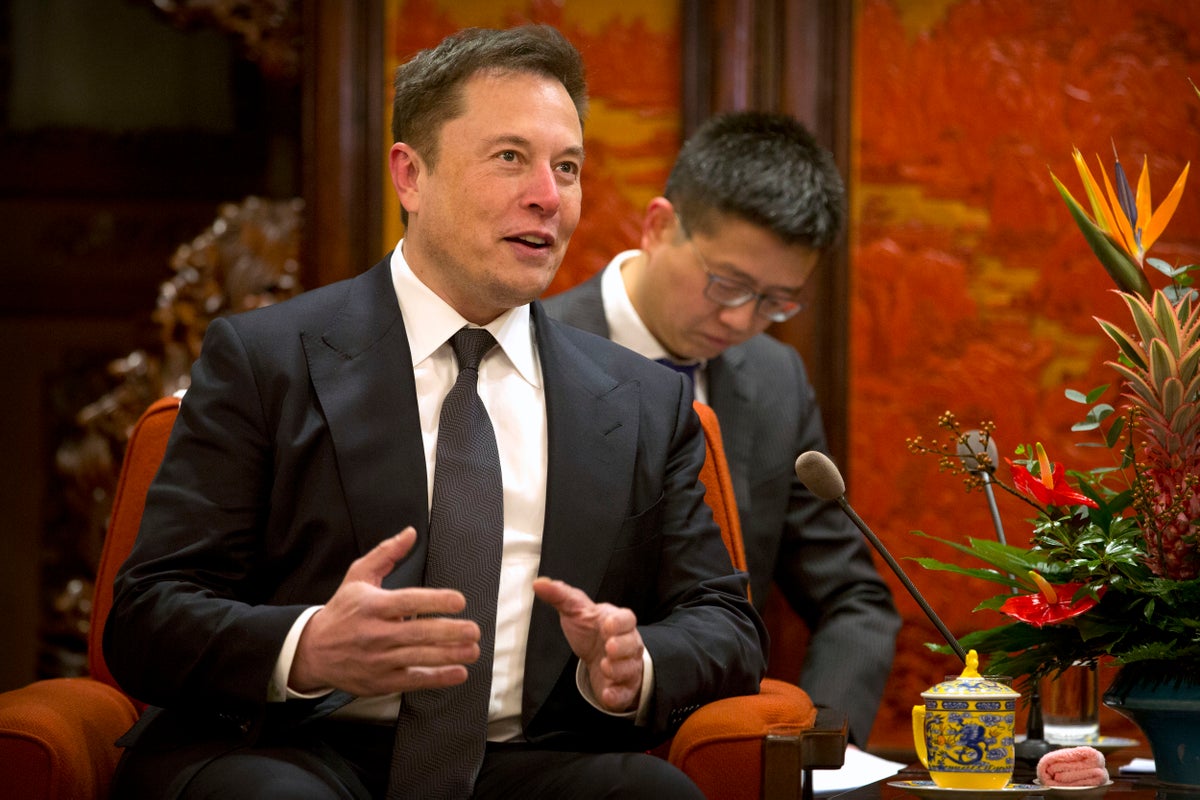Chinese scientists are reportedly developing sophisticated countermeasures, including stealth submarines fitted with space-shooting lasers and custom-built attack satellites armed with ion thrusters, to combat what Beijing views as a potent threat: Starlink’s global communications network. This strategic focus underscores a rising international concern over the proliferation and potential dual-use capabilities of private satellite constellations in the burgeoning space domain.
Teams in China are actively exploring a range of methods to neutralize the Starlink satellite constellation, with numerous research papers outlining detailed strategies to ‘hunt and destroy’ segments of the network. This extensive academic and technical exploration reveals deep-seated concerns in Beijing that Starlink could be exploited by adversaries for military confrontation and intelligence gathering, posing a significant challenge to national security.
Researchers in China view Starlink, a vast constellation of low-orbit satellites providing cheap, fast, and ubiquitous connectivity even in remote areas, as a substantial threat to the nation’s strategic interests. This apprehension stems primarily from the company’s established links to foreign intelligence and defense sectors, alongside its rapidly expanding global presence, creating a perception of vulnerability and strategic imbalance.
As certain nations integrate Starlink technology into their military space assets to gain a strategic advantage, other countries increasingly perceive Starlink as a security threat across nuclear, space, and cyber domains. Experts from China’s National University of Defense Technology have highlighted these concerns, emphasizing the critical need for countermeasures against such systems in a rapidly evolving geopolitical landscape.
The widespread deployment and operational success of Starlink, now accounting for approximately two-thirds of all active satellites globally, has spurred a worldwide effort to develop competitive alternatives. Despite these initiatives, Starlink’s significant first-mover advantage has secured it near-monopoly power, further complicating the currents of business, politics, and national security that converge on private space companies.
Beijing has publicly articulated its ambition to build its own version of Starlink, designed to meet both domestic national security needs and to compete effectively in foreign markets. In pursuit of this objective, China established the state-owned China SatNet company in 2021, tasking it with launching a megaconstellation with inherent military capabilities, known as Guowang, which has already commenced deployments.
Although Starlink does not operate within China, its satellite arrays can sweep over Chinese territory, necessitating a thorough assessment of their capabilities and potential vulnerabilities. Researchers from China’s National Defense University have simulated Starlink’s coverage of key geographies, including Beijing and other sensitive regions, concluding that the constellation can achieve round-the-clock coverage, highlighting a persistent concern.
Engineers from the People’s Liberation Army, in various studies, have suggested creating a specialized fleet of satellites designed to monitor and potentially interfere with Starlink. Proposed methods include collecting signals, using corrosive materials to damage batteries, or employing ion thrusters to disrupt solar panels. These technical proposals underscore a proactive approach to developing active countermeasures against perceived satellite threats.
Beyond direct technical interventions, Chinese academics also encourage Beijing to leverage global regulations and diplomatic channels to manage and potentially constrain the influence of commercial satellite operators. This dual strategy, combining technological development with diplomatic efforts, reflects a comprehensive national security framework in response to the challenges posed by advanced satellite networks.






Leave a Reply